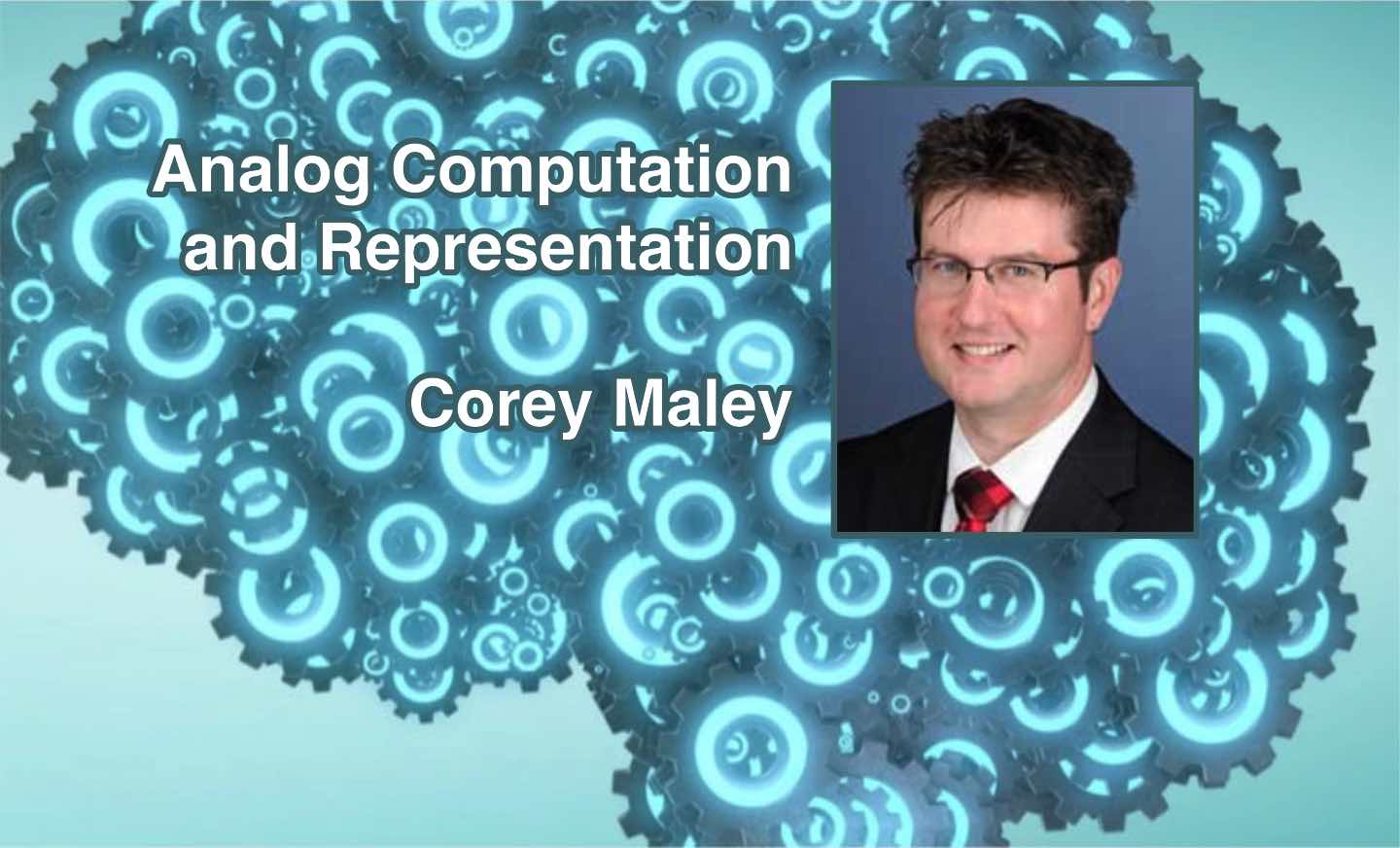
Join the session (up to 10 minutes early) | Read the paper
Analog Computation and Representation
Related: How to connect to Neural Mechanism Webinars
We are excited about the next Neural Mechanisms webinar this Friday. As always, it is free. You can find information about how and when to join the webinar below or at the Neural Mechanisms website—where you can also join sign up for the mailing list that notifies people about upcoming webinars, webconferences, and more!
14 May 2021
h14-16 Greenwhich Mean Time / 16-18 CEST
(Convert to your local time herel)
Abstract. Relative to digital computation, analog computation has been neglected in the philosophical literature. To the extent that attention has been paid to analog computation, it has been misunderstood. The received view—that analog computation has to do essentially with continuity—is simply wrong, as shown by careful attention to historical examples of discontinuous, discrete analog computers. Instead of the received view, I develop an account of analog computation in terms of a particular type of analog representation that allows for discontinuity. This account thus characterizes all types of analog computation, whether continuous or discrete. Furthermore, the structure of this account can be generalized to other types of computation: analog computation essentially involves analog representation, whereas digital computation essentially involves digital representation. Besides being a necessary component of a complete philosophical understanding of computation in general, understanding analog computation is important for computational explanation in contemporary neuroscience and cognitive science.
Corey Maley (University of Kansas)